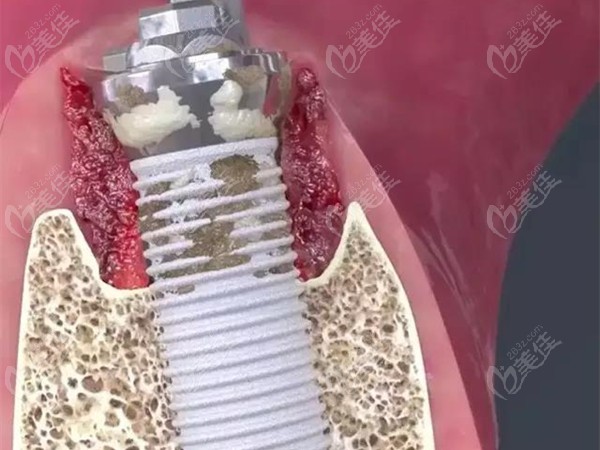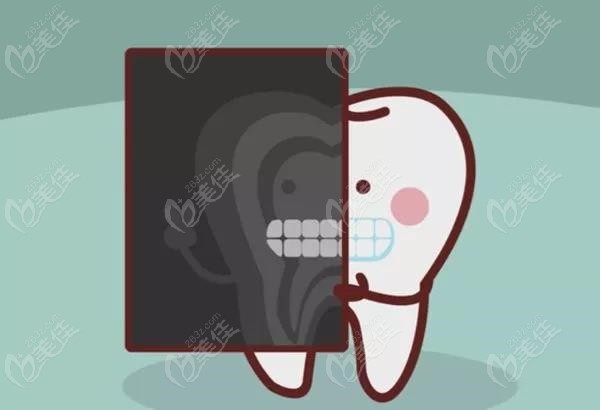According to statistics, the failure rate of implant due to the implant itself is 0~13.6%; The failure rate of implant materials was 0~8.3%. Periimplant inflammation is one of the main reasons for failure.
The topic we want to discuss in this issue is: Welcome to watch peri implant inflammation and treatment methods.

The EAO consensus meeting pointed out that the incidence of peri implant inflammation from 5 years to 10 years after implantation is 20% (at the patient level), and the inflammation caused by the implant level is 10%. Implants really need to pay attention to such a high incidence rate.
So, what is the specific cause of peri implant inflammation?
In fact, the cause of peri implant inflammation is related to the implant itself, doctors, prostheses and other factors. Among them, the main cause of bacterial infection is plaque adhesion and aggregation.
Periimplant inflammation is similar to the bacteria of periodontal mucositis, but the proportion is different. Compared with ordinary periodontitis, the local damage scope of peri implant inflammation is larger and easier to spread.
The clinical manifestations are: gingival or periodontal mucosa congestion, swelling, purulent; The implant looseness reaches or exceeds 1 degree; X-ray film shows the transmission shadow around the implant neck or body.

The main cause of implant inflammation is the problem of the grower himself: Past periodontitis history (for people with periodontitis, the incidence and failure rate of periimplantable periodontitis is significantly higher than that of healthy periodontitis), smoking, poor control of diabetes, poor oral hygiene, cardiovascular disease, bruxism at night, insufficient keratinized mucosa, bone cracking, etc.
In addition, residual adhesive, poor design of the prosthesis, and unsealed abutment may also lead to inflammation around the implant.
How to treat peri implant inflammation?
As far as current technology is concerned, treatment methods include non-surgical treatment and surgical treatment.

Non operative treatment mainly includes : Titanium scraper, ultrasonic cleaning, sandblasting, laser treatment, mechanical debridement, sterilization, antibiotic treatment, etc.
Surgical treatment includes: Excision (excision of infected tissue, reduction of the root of the flap) and bone regeneration.
Non operative treatment can only improve the indicators, but has no therapeutic effect on bone defects; Surgical treatment can reduce the bag around the implant. The combination of the two has a certain reconstruction effect on bone defects, but long-term efficacy needs to be confirmed.

Therefore, prevention is far more important than treatment. Smoking is prohibited or reduced after dental implantation. Oral hygiene must be paid attention to to avoid premature occlusion, which is a way to prevent inflammation around implants.







